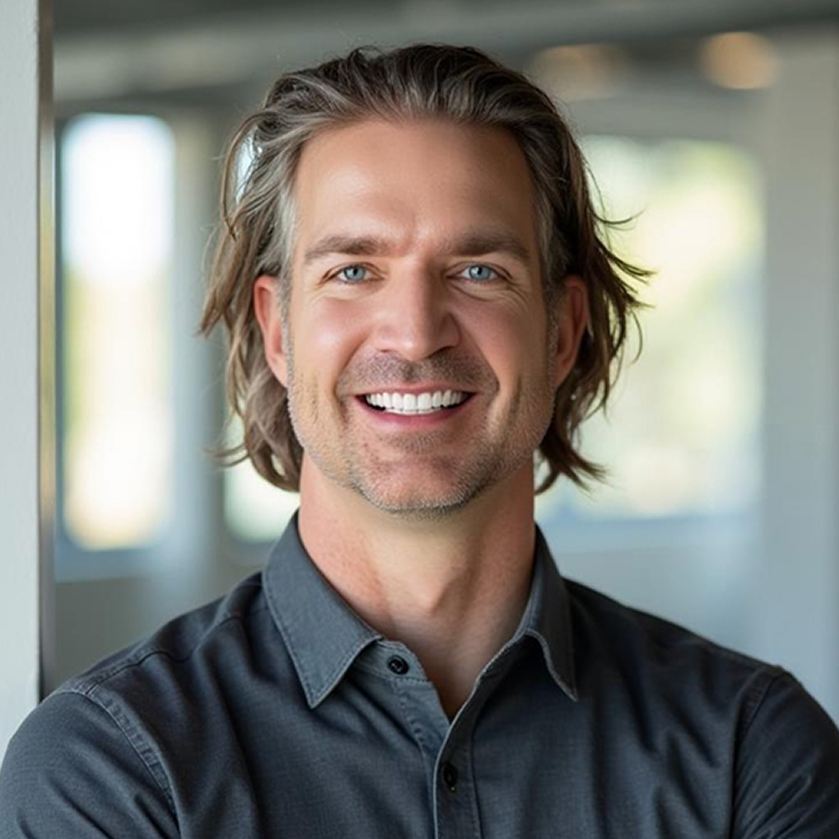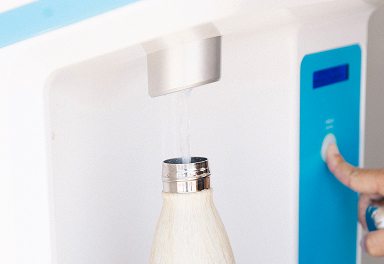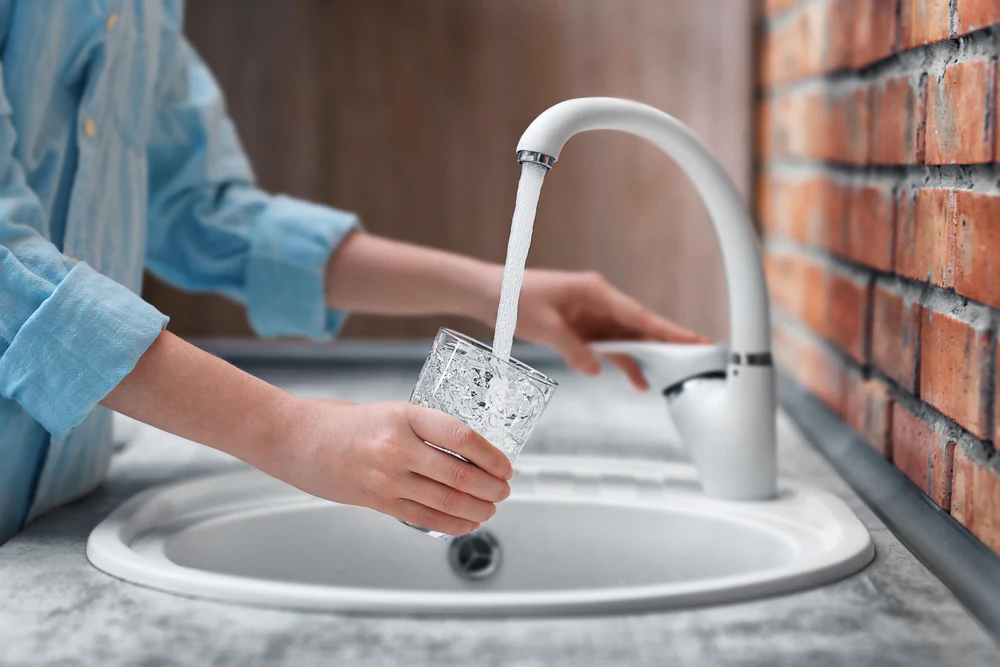We all remember Flint. It was a national outrage. A wake-up call. A moment where water contamination stopped being an abstract concern and became a household conversation.
But what most people still don’t realize is this crisis isn’t over. It’s not contained to Flint. It’s not some far-off problem. It’s in our backyards. In our schools. In our homes. It’s throughout our Nation.
Last month, nearly 2,000 New York City residents used free testing kits to check for lead in their tap water. More than 20% came back positive. That’s 1 in 5 households, in one of the most advanced cities in the country, still drinking water with lead in it in 2025.
This isn’t just a local issue, it’s national. According to the Natural Resources Defense Council, 56% of Americans have consumed tap water with lead in it over the past five years.
Lead is catastrophic to human health, especially for children. Neurologically, it can impair brain development, reduce IQ, and cause lifelong behavioral and cognitive issues. And the most sobering part? Once it’s in your system, it’s nearly impossible to get out.
That’s why this isn’t just a water issue, it’s a public health emergency. And yet, we still have over 9 million U.S. homes served by lead service lines.
Even more shocking: there is no federal lead standard for drinking water that aligns with what leading medical experts say is safe. The American Academy of Pediatrics is clear: the only acceptable amount of lead in water for children is zero. Not 15 parts per billion (the EPA’s current action level). Not 5. Zero.
And even today, over 50-years after the Safe Drinking Water Act was created, there is still no federal mandate on lead requiring testing on schools drinking water. We’re sending our kids to school without even the guarantee that what they drink is free from toxic levels of lead.
It’s time to stop normalizing contamination.
We cannot afford to treat this like a slow-moving problem. We must act now, with bold, systemic measures that address the scope and scale of this crisis. Here’s what that looks like:
- Establish a federally mandated maximum lead threshold of under 5 PPB.
The current federal “action level” for lead is outdated and dangerously high. We need a science-based standard that prioritizes health, not convenience. A national threshold of less than 5 parts per billion, with states, cities, and municipalities held accountable to uphold it, is the bare minimum. Anything above that, and we’re willfully compromising our kids’ futures.
- Invest in replacing every lead service line in the U.S.
This is the long game. But it’s also non-negotiable. We’ve kicked the can down the road for too long. Yes, infrastructure upgrades are expensive and time-consuming. But if we don’t start now, tomorrow will never come. The cost of inaction is far greater, in medical bills, in lost potential, in broken trust.
- Deploy purification at the point of use—where people actually drink the water.
The reality is, even with major infrastructure upgrades, contamination can still happen in the last five feet – in the building pipes, in the faucets, in the fixtures. That’s why we need a national push for advanced water purification at the point of dispense.
Just like we mandate airbags and anti-lock brakes to prevent catastrophic accidents, we now need to mandate and incentivize protections for drinking water. Not just in homes, but in schools, gyms, hotels, offices, and public spaces.
We live in a country where the water that comes out of the tap can legally contain lead, microplastics, and thousands of other chemicals. Over 50,000 chemicals are in use in the U.S., and fewer than 100 of these are regulated under the Safe Drinking Water Act.
In 2025, we shouldn’t have to filter our water twice. But the truth is, we do. Until the system is fixed, point-of-use purification is our first and last line of defense.
We have the data. We have the technology. And after Flint, and now New York City, we have no excuse left to ignore the urgency.
This is a solvable problem, but only if we treat it like one.
It’s time to stop accepting “good enough” and start demanding better.




